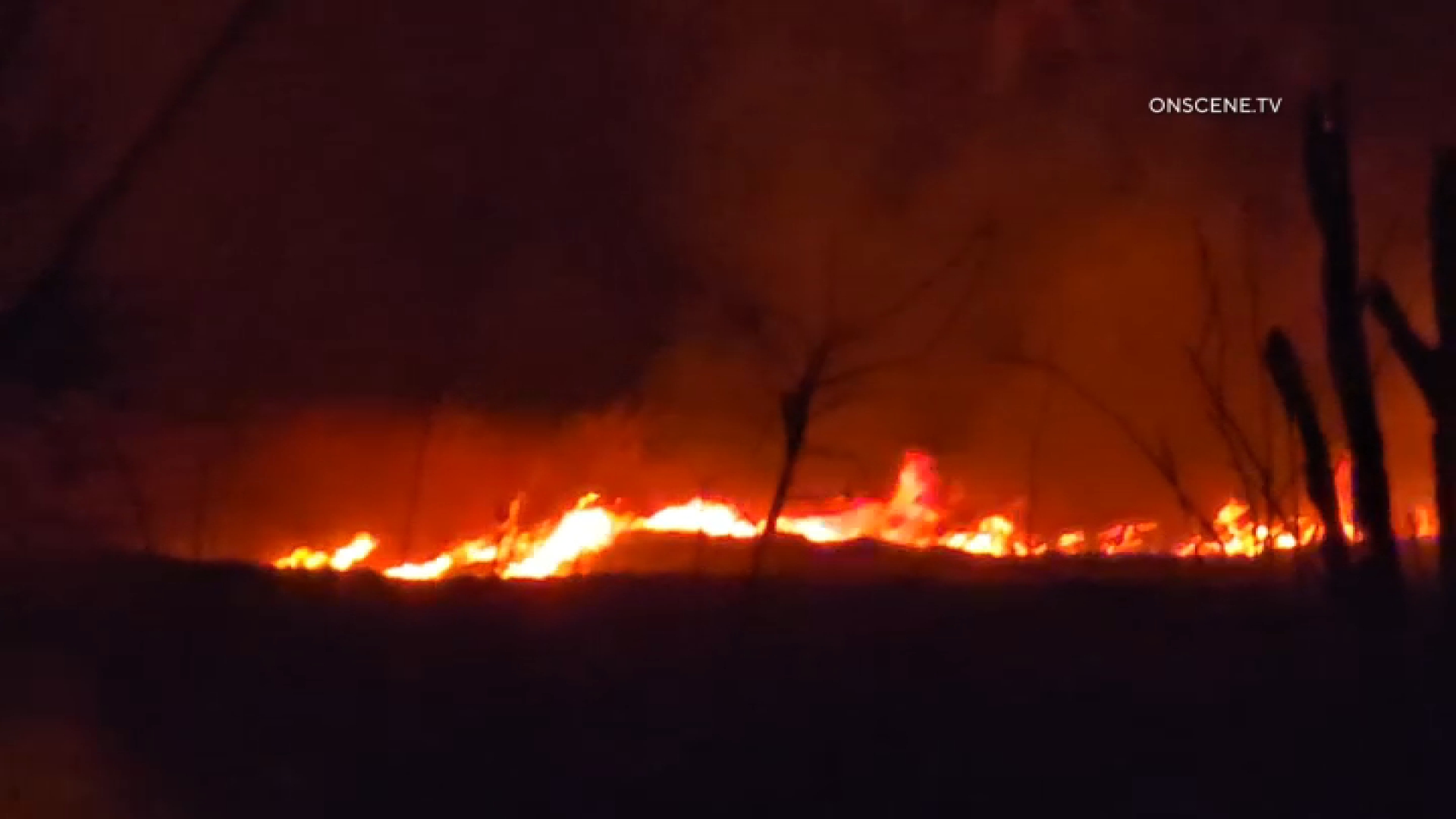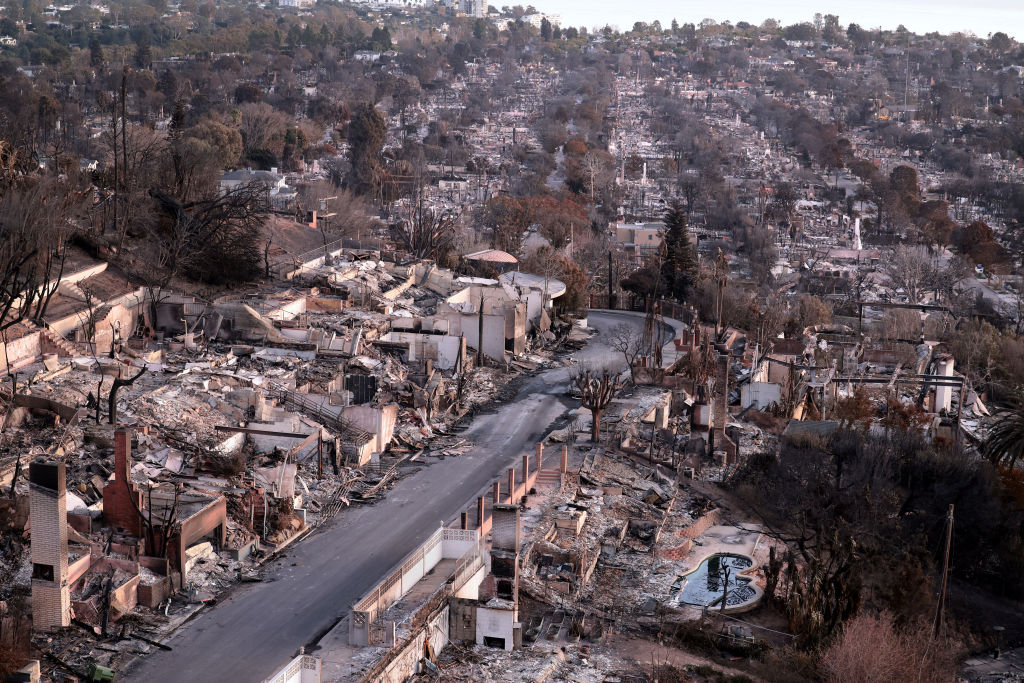A cluster of small quakes near the sea has raised the chances of the “Big One” hitting Southern California soon. Patrick Healy reports fro the NBC4 News on Friday, Sept. 30, 2016.
The probability of a magnitude-7 earthquake in Southern California briefly increased as much as 50-fold earlier this week, but has since been dropping back to normal, according to the U.S. Geological Survey and other quake experts.
What changed things was a cluster of small quakes that began Monday near the southern end of the San Andreas fault. Seismologists believe that quake activity on one fault can lead to increased stresses on another, said Rob Graves, research seismologist based in the Pasadena USGS office.
The cluster was epicentered beneath the Salton Sea, near Bombay Beach, within a handful of miles of the San Andreas. Some 150 quakes were detected within a 24 hour period, the largest only a magnitude 4.3, before the swarm began to taper, Graves said.
The southern segment of the San Andreas Fault, California's longest and therefore capable of the largest quakes, has not unleashed a major quake in more than 300 years.
One scenario developed in 2008 for the "big one" calculates a magnitude-7.8 quake beginning near the Salton Sea and spreading northwest along the fault, claiming 1,800 lives and causing destruction throughout Southern California.
The probability of a major quake on the San Andreas during an one week has been put at 0.02 percent. As a result of the Salton Sea Cluster, the probability for this current week, beginning Tuesday, was deemed to have increased to, at minimum 0.04 percent, and at the other end to as much as 1.0 percent, 50 times greater than usual.
On Tuesday, the Governor's Office of Emergency Services (OES) asked the California Earthquake Prediction Evaluation Council to evaluate the Salton Sea clusters. The Council found an increased likelihood over the next week of a quake larger than magnitude 4.3, according to an OES statement. Later that afternoon, OES convened a conference call with emergency managers in eight Southern California counties to "ensure that local emergency plans and preparedness education remains a priority."
News
Top news of the day
Since Tuesday, the frequency of quakes in the cluster has dropped rapidly, lowering the probability of triggering other quake activity.
"Within two weeks, it will probably be back to the background level," said Graves, "assuming we don't see any additional activity in the swarm."
In the past 15 years, two previous clusters had been detected in the same area of the Salton Sea, in 2001 and 2009. Those clusters included quakes of magnitude 5, but neither was followed by anything larger on the San Andreas, Graves said.



